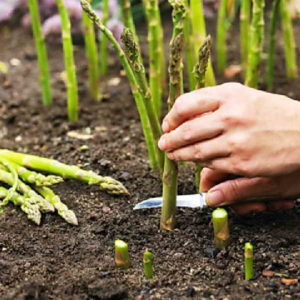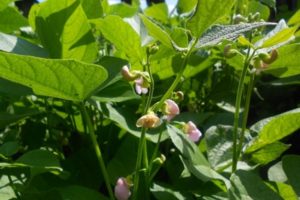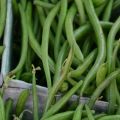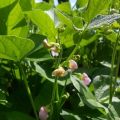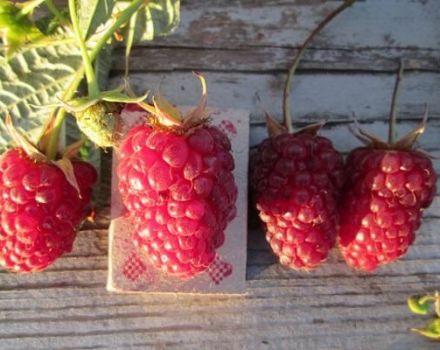Technology for growing and caring for beans in the country in the open field
Various beans varieties grown by many gardeners in their summer cottages. Culture has a number of useful properties and requires a responsible approach to cultivation. To get a bountiful harvest and not wasting time and money, it is important not only to know how beans should grow, but also to follow the basic agricultural techniques, planting and care rules.
Content
- 1 Vegetable beans - a description of the garden culture
- 2 Varieties and types of beans
- 3 How to process beans before sowing
- 4 Where is the best place to plant beans - choosing a place on the site
- 5 Bean predecessors
- 6 Soil requirements for planting
- 7 Illumination
- 8 How to plant beans in the country - a description of the planting process
- 9 Landing dates
- 10 Planting process
- 11 Features of growing in the country
- 12 Black Eyed Peas
- 13 Bush beans
- 14 Caring for beans in the garden
- 15 Harvesting and storage
- 16 Diseases and pests
Vegetable beans - a description of the garden culture
An annual herb belongs to the legume family. The average plant height is 60 cm. The stem forms lateral shoots, the roots with a pivotal structure penetrate to a depth of about 1 m. During the period of active ripening, beans produce fruits in the form of pods with beans. The leaves of the plant are voluminous, deep green, oval in shape. When flowering, inflorescences of white, pink or purple are formed on the stems. The agricultural technology of beans depends on the cultivated variety and allows you to get pods with beans ranging in size from 6 to 15 cm.
Varieties and types of beans
There is a wide variety of types of beans that differ in ripening time, growing characteristics and taste characteristics. To get a good and mature harvest, you need to choose varieties in accordance with the conditions where the sowing will be carried out. When planted in temperate climates, medium to late ripening varieties can be used. In regions with frequent precipitation, it is better to grow early maturing varieties that will give first fruits a couple of months after sowing.
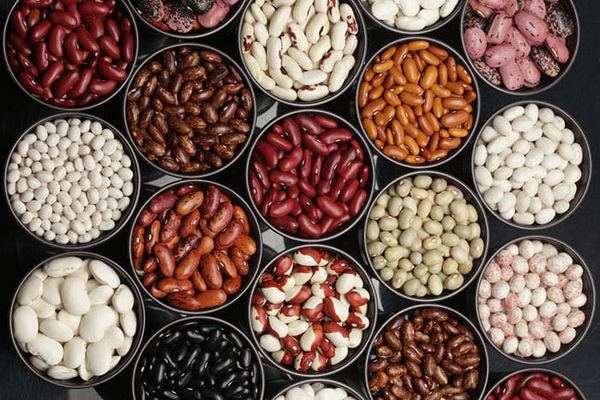
According to their taste, beans are subdivided into shelling, sugar and semi-sugar beans. The former are distinguished by the fact that their valves are not edible, but they are easy to clean after drying. The other two varieties can be used in cooking along with the pods, even when the beans are not fully ripe.
How to process beans before sowing
Correct planting of beans requires preliminary preparation of seeds before planting. The seed needs to be warmed up, it is better to do it naturally. To do this, it is enough to leave the seeds in the open air at a temperature of about 30 degrees.
If weather conditions do not allow heating, an electric dryer can be used.
After that, the seeds must be soaked in warm water for 24 hours.

Where is the best place to plant beans - choosing a place on the site
To grow crops, you should choose a place with good natural light, no drafts and strong winds.
The type of soil does not really matter, but practice shows that the plant does not germinate well when planted in clay soil.
This is due to the low permeability of moisture, as a result of which the root system rots.
Bean predecessors
For active and proper growth of the crop, it is recommended to choose potatoes, pumpkin, cabbage and various root varieties as precursors for beans. Do not sow beans after growing sunflowers, as the soil will be clogged with carrion and there is a risk of destruction of plants by gray and white rot.
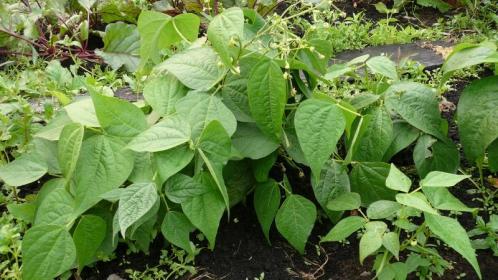
Secondary crops should not be placed in the same place, since the next year the likelihood of developing diseases significantly increases. Re-planting beans on the site can be no earlier than 5 years later. The legumes themselves are good predecessors for any crop, provided that agricultural practices are followed. Plants saturate the soil with nitrogen and leave the soil cleared of weeds after harvesting.
Soil requirements for planting
The soil for sowing legumes must have a normal alkaline reaction. Soil with high acidity can lead to stunted growth and reduced yields. Dolomite flour or wood ash dusting helps to reduce the acidity of the earth. If it is not possible to measure the acidity level before planting, it is worth adding ash to the hole just in case for better germination.
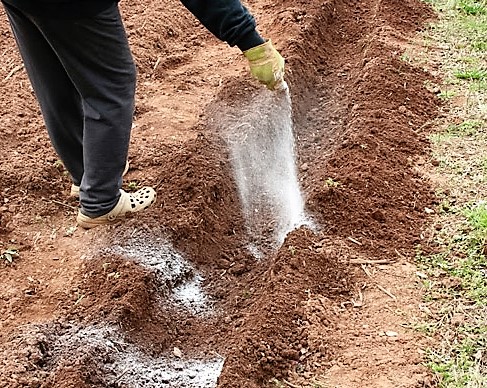
Sandy and heavy clay areas are not suitable for growing crops. The soil should be light, fertile and moderately drained. Before direct planting, you need to clear the land of weeds and remnants of previous plants.
Illumination
All varieties of beans are plants that require intense lighting. For ripening, the length of the daylight period is not more than 10-12 hours.
Starting sowing, it is better to know in advance about the upcoming daylight hours in the forecast.
Under good light conditions, the plants will quickly move to the fruiting stage and form a large harvest. In areas with a longer daylight hours than the plant requires, the seeds are planted in the second half of summer or the beds are covered with opaque frames with a covering material.

It is important to observe strict requirements for the illumination of the beds only at the beginning of the development of seedlings. With further growth, beans continue to develop and bear fruit with less dependence on light. In addition, breeders have bred several varieties that are immune to the length of daylight hours.
How to plant beans in the country - a description of the planting process
Knowing how to land correctly bean seeds, it will be possible to create suitable conditions for active vegetation. The most acceptable and common option for planting beans is an ordinary scheme. Seeds should be planted to a depth of about 5 cm every 20-25 cm. The optimal row spacing is 30-40 cm.
For planting, you need to carefully dig holes and place several seeds in each.
Immediately after sowing, the soil is watered and compacted. To accelerate germination, the soil can be covered with a protective film or non-woven fibrous material.
Landing dates
You can sow beans at any time, from early spring to early August. As a rule, the planting of beans begins simultaneously with the mass flowering of chestnuts. In southern regions, legumes can be grown as a re-crop after harvesting previously planted vegetables.
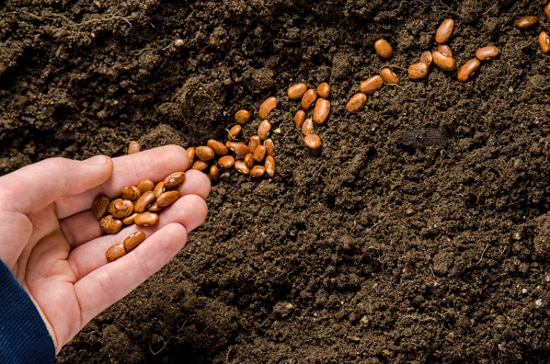
Multiple sowing at intervals of 10-12 days allows you to harvest fresh crops for a long time. It is enough to set aside a small bed and periodically pluck the pods before direct cooking.
Planting process
Having prepared the seeds, you need to dig holes in the beds, observing spatial isolation, and apply fertilizers to them. Several seeds are poured into each depression, and after the formation of the first leaves on the shoots, only 3 seedlings are left. The rest of the seedlings can be carefully transplanted or removed.
The nuances of planting beans seeds depend on the soil and other conditions in which the plant is grown.
For example, when using the seedling method, sprouted beans are transplanted into the ground according to a scheme that differs from simple sowing.
In the open field
Most often, beans in summer cottages are grown in beds, so before sowing, you should familiarize yourself with when to plant plants in open ground. The culture does not tolerate low temperatures, therefore, sowing in open soil is carried out when the upper layers warm up to + 12 ... + 14 degrees. It is also important that the risk of late spring frosts is passed.
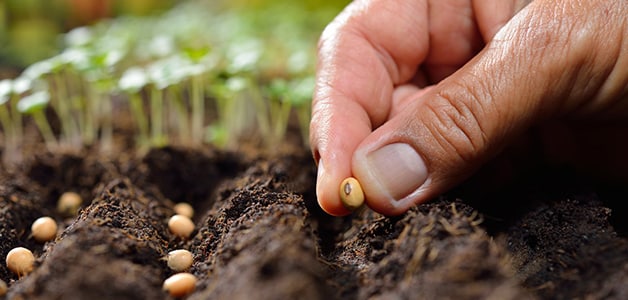
It is best to grow legumes away from tall trees and shrubs that may block natural light. In addition to shading, it is worth avoiding areas where there is a possibility of through wind.
In the greenhouse
If environmental conditions do not allow growing legumes in the beds, you can plant the seeds in a greenhouse. Planted plants can produce early and late harvests when planted at intervals of 1–2 weeks. The optimal variety for planting in a greenhouse is considered to be a bush, which takes up a lot of space, but at the same time gives a high and stable yield.

In outskirts of Moscow
Climatic and soil conditions on the territory of the Moscow region allow planting mainly low-growing bush varieties. Sowing and cultivation are carried out in open ground in mid-May. Adhering to the instructions of the lunar calendar, it is better to start sowing during the waxing moon phase.
Beds in the Moscow region are prepared in the fall by digging under a shovel bayonet and applying phosphorus-potassium fertilizing. In early spring, the soil is loosened and treated with nitrogen fertilizer.
In Siberia and the Urals
The cultivation of beans in Siberia and the Urals requires compliance with a number of rules. Most varieties of crops do not take root in regions with short summers, so it is important to know how to grow plants for a large yield.
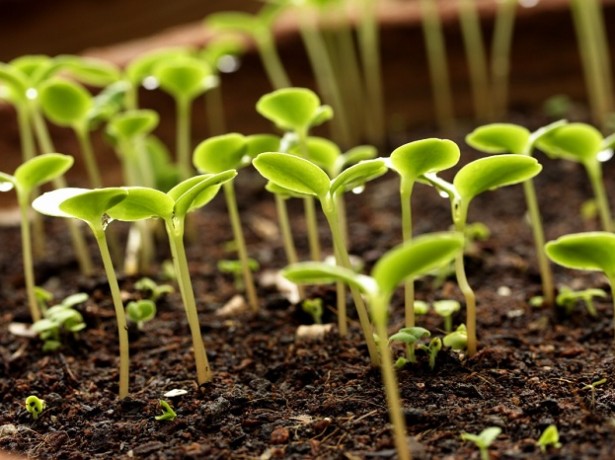
In particular, the following recommendations should be considered:
- Due to the short season, it is better to select early maturing varieties.
- Seeds are best planted dry, without presoaking.
- Curly varieties need to be tied up, as frequent precipitation can knock down the sprouts.
- When a cold snap sets in, it is better to cover the plants with film material.
Features of growing in the country
When growing beans in a summer cottage, the planting technology is standard, but at the same time there are several features for care. The seeds are pre-warmed and soaked, due to which they quickly germinate. Thick cotyledons need an abundance of moisture to swell, and insufficient watering can lead to stunted growth.

The longer the shift lasts in the soil, the higher the risk of pest damage. Presowing soaking activates the seedling formation process and shortens the overall growing period.
Black Eyed Peas
Asparagus bean seeds can be grown both in the open field and at home. It is better to plant low-growing varieties in a separate container or in peat pots for further transplantation.
Green beans does not require additional lighting, it is enough to provide sunlight.
The soil for the asparagus variety should be two-thirds earth and one humus. As a top dressing, you can use a complex fertilizer with phosphorus and potassium.
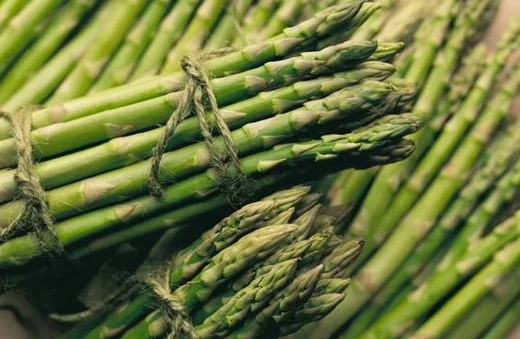
Bush beans
Since bush beans are heat-loving plants, it is important to adhere to late planting dates. When sowing, the soil temperature should be above 14 degrees to avoid seed death. The optimal time for planting bush varieties is the first decade of May. The depth of planting seeds is no more than two centimeters. After planting, cover material should be left on the ground to accelerate germination.
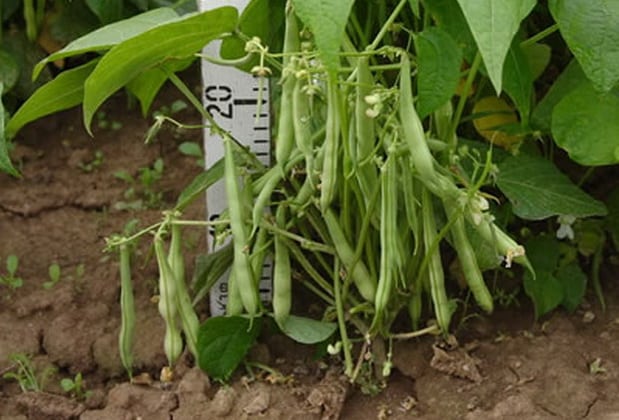
Caring for beans in the garden
Beans need aeration, so the soil under the seedlings should always be loose and free of weeds. Caring for beans involves the first loosening when the plant reaches 6-7 cm, the second - together with hilling after 2 weeks. Final loosening is carried out before closing the rows.
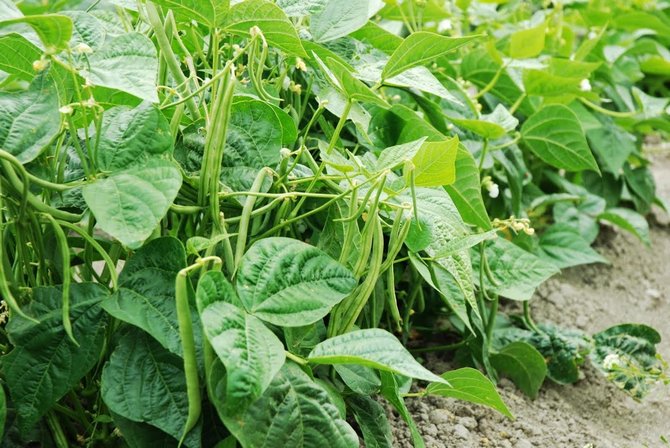
With abundant growth of the bushes, it is allowed to cut off part of the leaves. With a thickened planting, you can separate several bushes and transplant to another place. If the bushes quickly rise up, but at the same time do not branch or overgrow with foliage, you need to pinch their tops.
Watering
After germination and before the formation of 4-5 leaves, the bushes are watered 2-3 times a week so that the soil always remains moist. In the future, watering practically stops until the budding stage. At the beginning of bud development, seedlings can be watered once a week, avoiding excess moisture. For irrigation, settled warm water is suitable. Cold water treatment can negatively affect the quality of the crop.
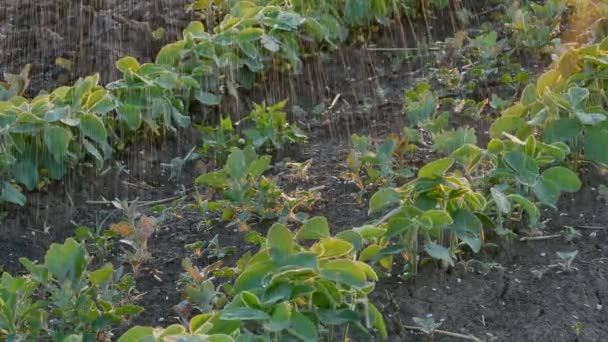
Features of feeding beans in the open field
During the growing season, the plant is fertilized 2-3 times. Before planting, humus is introduced into the bed, and the next feeding is carried out in the presence of the first pair of leaves. Phosphorus-potassium fertilizers are used as top dressing in a ratio of 15-20 g per square of land.
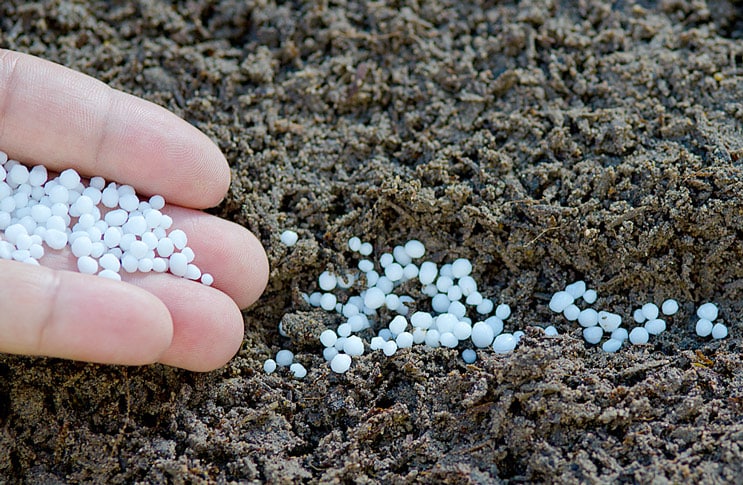
At the stage of mass budding, the next fertilization is required. During this period, beans need an abundance of potassium, which can be replaced with wood ash if necessary. Final feeding is carried out at the ripening stage, one week before harvest.
Soil care
The soil on which the beans are grown does not need specific care, but in order to get a good harvest, you need to follow the basic agricultural techniques and take care of the land. It is enough to provide constant watering, loosen the soil and eliminate weeds in a timely manner. In order to prevent increased growth of vegetation to the detriment of the formation of fruits, it is forbidden to fertilize the soil with nitrogen.
Harvesting and storage
The timing of the harvesting of beans directly depends on the type and variety of the grown crop. Asparagus beans should not be overexposed in the soil, since legumes in the dried state lose their beneficial properties. If you want to preserve the crop, you can even harvest unripe fruits. Dried pods are suitable for winter harvesting.

It is not recommended to harvest beans from all bushes at once if some of the pods are still green. In the shade of their own leaves, seedlings may develop more slowly, so it is better to leave them to ripen, which will help increase the yield of beans. As a rule, subject to the rules of cultivation, the moment when it is possible to harvest fruits without the risk of disrupting an unripe crop occurs 2-2.5 months after planting.
It is recommended to store the crop in a dry and cool place. The beans can be folded into a canvas bag or glass containers. It is important that the crop is not exposed to direct sunlight. Beforehand, it is worth carefully drying the legumes to prevent rotting during long-term storage. If desired, the harvested crop can be frozen by dividing it in portions into several parts. This will allow you to always have a product at hand during the winter that will retain its original beneficial properties and taste.
Diseases and pests
Beans are considered to be one of the few crops that are completely pest resistant. The only insects attacking plants are slugs. To prevent damage to beans by slugs, you need to weed the ground in a timely manner, without creating a favorable habitat for pests. If parasites are found, several traps should be placed next to the bushes.
The main diseases inherent in the culture are bacterial rot. Root rot affects plants, in which the edges of the roots dry out, as a result of which growth stops, and the foliage falls off. When seedlings are diseased with powdery mildew, a white coating appears on the surface of the leaves, which eventually spreads to all ground parts, and the plants die. To combat diseases, it is necessary to treat the landing site with insecticidal fertilizers.
